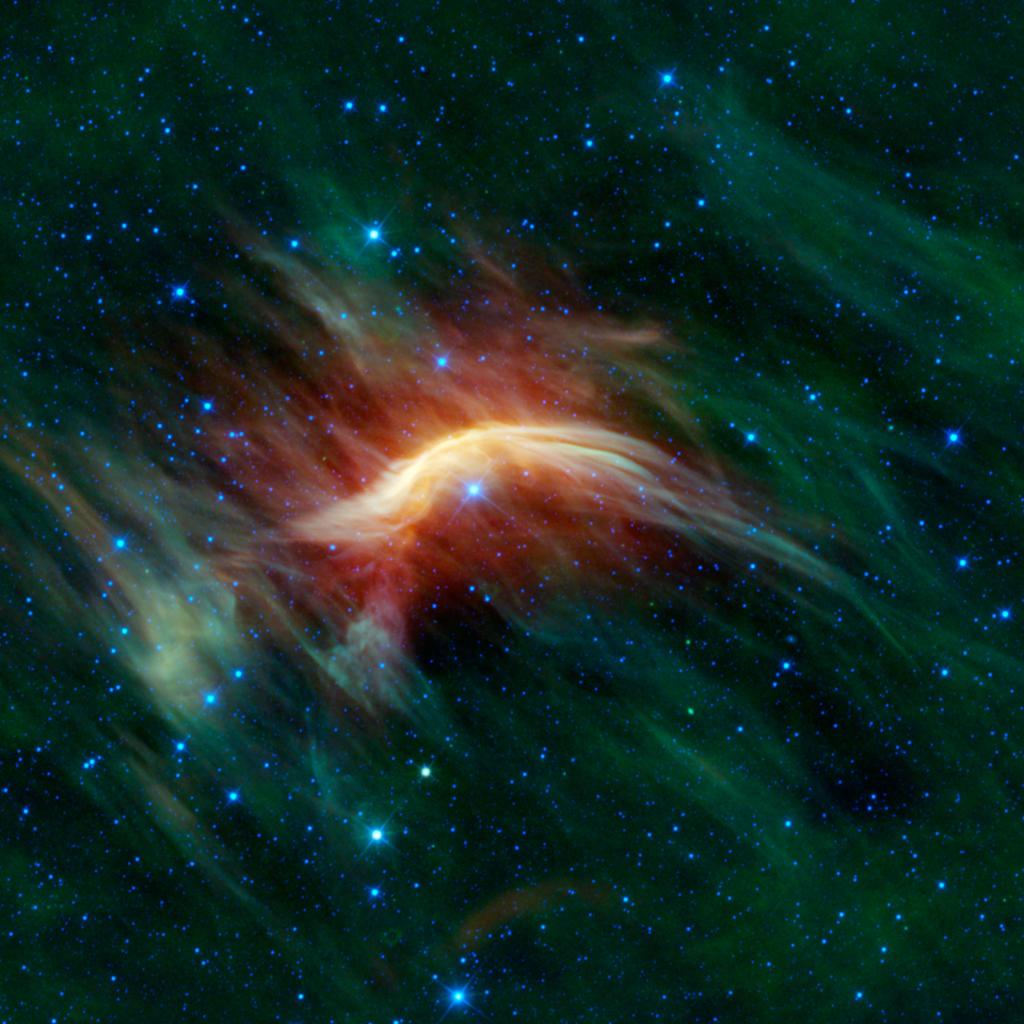Science
Evolution of Dust, Processes in the Interstellar Medium
Interstellar dust are the building blocks from which ultimately all stars and planets form. Their size distributions and morphologies are important for interstellar chemistry, for the temperature household in protosolar clouds, and also for astronomical observations since these dust particles are like the the ‘windows’ through which we observe the universe, whether these are local particles here, or dust clouds near or around other stars.
The solar system is moving through a diffuse Local Interstellar Cloud (LIC) consisting of partially ionized gas, and dust. Because of the relative motion with respect to this cloud, these interstellar dust particles enter from one apparent direction into the solar system, and become valuable sources of information on their origin and on processes in interstellar space, that are within our reach. These can be investigated with in situ measurements using spacecraft in the solar system (e.g. the Ulysses mission, Cassini, Galileo, etc.), or by sample return (e.g. the Stardust mission). This way, these particles provide ‘ground truth’ information on interstellar dust that is within direct reach, which is complementary to and valuable for the interstellar dust models as derived from classical astronomical observations.
However, these particles’ journeys through the solar system are altered by different forces like solar gravity, solar radiation pressure force, and Lorentz forces that depend on the Interplanetary Magnetic Field, and hence, on the solar cycle. Therefore, modeling the heliosphere structure, and magnetic fields and plasma flows is a prerequisite to study the interstellar dust flow in the solar system and to learn from the spacecraft data. By performing particle trajectory simulations in the context of in situ measurements, we aim at constraining the local interstellar dust physical particle properties, size distributions and total gas-to-dust mass ratio in the LIC. For the latter, also a determination of the maximum particle sizes of dust in the local interstellar medium, is important.
The Heliosphere-Environment Interaction
In the last decade, spacecraft like the Voyagers, Ulysses, Cassini and IBEX have delivered surprising data that revolutionized our ‘classical’ view on the heliosphere: the ‘protective’ bubble that originates from the solar wind and that encompasses the solar system. Its boundary region turned out to be much narrower than expected, the heliosphere turned out to be asymmetric, and its global shape is still under debate, as well as the direction and magnitude of the interstellar magnetic field. Many different numerical models exist of the heliosphere, but none can accurately reproduce the data collected in situ. These models are constrained by many different in situ data, like plasma densities, magnetic fields, cosmic ray fluxes, etc. The dust component has so far not been considered to constrain the dynamic solar-cycle dependent heliosphere properties. In the ASTRODUST project, we aim to simulate the dust trajectories of interstellar dust moving through the heliosphere, in the context of existing and future spacecraft dust data. This way, we will use the interstellar dust in order to help understand the dynamic heliosphere’s interaction with its immediate interstellar surroundings, and gain insight in how the heliospehre finally modulates the incoming dust flow.

Astrospheres, the Solar System History and Evolution of other Planetary Systems and Stars
Also other stars have stellar winds and plow through thick or very thin clouds of dust and gas. Their “protective bubble”, originating from their stellar wind is called an astrosphere. Our studies of the heliosphere will be a proxy for other stars with planets, and although we don’t have observations (yet) of our own astrosphere, it is the only astrosphere from which we can collect in situ data. The studies of the motion of interstellar dust in the heliosphere will be extended and applied to other stars, and for different scenarios of the solar system’s motion in and throughout it’s journey through the Milky Way.
